How to make the most of Active Recall
Author: Kaitlyn Labenberg 3 min 50 secs

You’ve all sat through a lecture where it felt like you were drowning in an ocean of new material. The process of learning all of this information can be overwhelming. There are many ways of studying, but many can be overwhelming or ineffective. The most effective way to study and memorize information is using active recall. Active recall is the process of retrieving information from memory. It is a part of truly learning and memorizing information that is crucial for remembering learned material. There are many methods for using active recall, and these are three effective methods that may work for you. The best-known method is the SQ3R Method, but we will also discuss the NASA Method and the Spreadsheet Method.
SQ3R Method
The new SQ3R Method includes five steps: survey, question, rephrase, recall, and (spaced) repetition. During the survey part of this method, you will need to go through lecture notes and the assigned textbook and look for titles, bolded words, vocabulary, pictures, and diagrams. Include these in your notes, as they will become important later on. Under each heading and subheading, leave room to write down questions. For questions, refer to the textbook or ask your teacher for questions that could come upon any exams. Please make sure they are specific and relevant to the topic. Now, you must rephrase the information you have learned as you answer these questions. A promising sign that you understand the material would be if you can teach it back to someone else. It is crucial here that you rephrase the information so that you will understand and not just say word for word what you find in your lecture notes or the textbook. In this stage, you want to write your answers down. Now that you have rephrased these answers, it is time to recall that information. Cover up or hide the answers to all of your questions and see which ones you know well and which ones need more review. Using digital flashcards would be an excellent way to do this. The last step to the SQ3R method is repetition. This is where spaced repetition comes in handy. Study the same questions on a timetable that fits your studying needs. One example would be to study it after one day, then 4, then a week and so on.
NASA Method

Another similar strategy that follows the SQ3R is the NASA Method. This four-step method stands for Notes, Annotate, Study, Active recall. While taking notes, write down questions based on the lecture notes and the lectures themselves. After you have finished your notes, preferably later on the same day, annotate the slides with helpful hints and notes that you may need. Then use your preferred method (online options work best) and create a two two-column chart. Use the left side to write down your questions and the right side for answers like that shown above. When writing questions, be specific. As with the SQ3R method, you’ll want to use the lecture notes’ headings while writing your queries. While in the studying part of this method, take the information from the lecture notes and use the textbook to get a better general understanding of the content covered. If you don’t understand the lecture notes or textbook content, use the internet to find more information. While going through the textbook, don’t just read chapter to chapter. Your goal is to focus on essential details and not so much on the little details. The next day, pull up the lecture and questions and have them side by side. Go through and answer each question, saying the answer out loud. In order to get the full benefits of active recall in this method, make sure you keep track of how well you do and be honest about what you know and what you don’t know.
The Spreadsheet Method:

The last method we will discuss is the Spreadsheet Method. In this method, it is essential to keep a monthly planner on when exams are so you can use spatial repetition most effectively. Before starting with the spreadsheet, take notes and outline the title, headings, and subheadings covered on the exam. Then, go through lecture notes, making a mental note of the topics you need to review. For more complex issues, read through the textbook to get a better understanding. After you have covered this material, return to your notes and write down the points you need more review on and focus on topics you have a hard time recalling. For these, make flashcards, flowcharts, or diagrams. Remember to take breaks while studying. After you have finished the notes, use excel or google sheets to create an active recall spreadsheet. This will look something like the chart above. Questions should be on the left and answers on the right. Colour code the questions as you are studying them.
An example would be green for questions you were able to recall without difficulty, yellow for questions you could recall part of but still need to study more, and red for questions you couldn’t remember at all or answered wrong. On a separate tab, keep track of the headings and subheadings you studied the material and use the same colour coding system. shows what this tab would look like.
Conclusion
These methods all have some similar techniques and are all effective ways to use active recall and spaced repetition to your benefit. The process of questioning and testing your knowledge in this manner will help to lower the stress of studying an overwhelming amount of information. By using these methods, you will spend less time studying and remember more material overall.
